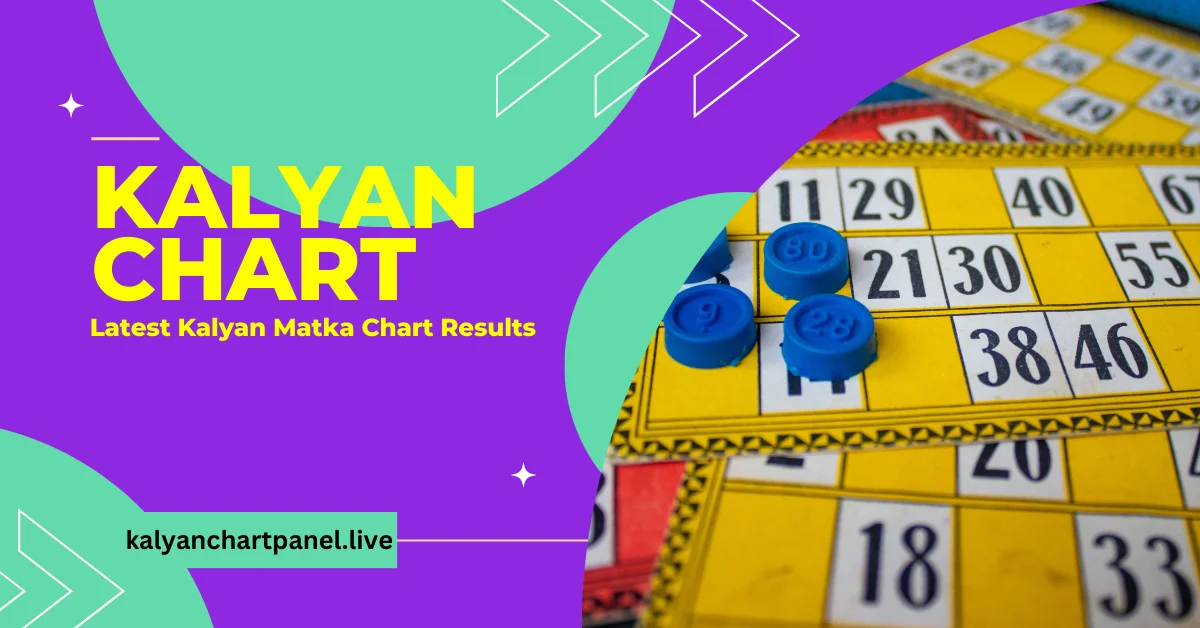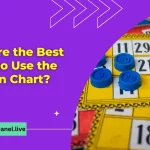Kalyan Chart analysis is a way many people try to guess what might happen in certain games of chance. But when we do this, we can sometimes fall into a trap called confirmation bias. This is when our brain tricks us into seeing only what we want to see. In this article, we’ll talk about how to spot and avoid confirmation bias when looking at Kalyan Charts, so you can make better guesses.
What is Confirmation Bias?
Confirmation bias is when we only look for things that match what we already think is true. When it comes to Kalyan Chart analysis, this can make us ignore important information that doesn’t fit with what we expect, which can lead to wrong guesses.
How to Spot Confirmation Bias in Kalyan Chart Analysis
Know What You Already Think
First, think about what you believe about Kalyan Chart patterns. Ask yourself:
- What do I think will happen?
- Which patterns do I think are important?
- Are there numbers I think are “lucky” or “unlucky”?
Knowing what you already think can help you see when these ideas might be affecting your choices.
Look for Things That Don’t Match What You Expect
Try to find information that doesn’t fit with what you think will happen. When looking at Kalyan Charts, pay extra attention to patterns or results that are different from what you guessed. This helps balance out our natural habit of only seeing what we want to see.
Think of Other Explanations
For each pattern you see in the Kalyan Chart, try to come up with two or three other reasons why it might be happening. This helps you look at things from different angles and stops you from jumping to conclusions.
Keep Track of How Often You’re Right
Write down your guesses and what actually happens. Look at this information regularly to see how often you’re really getting it right, not just the times when you were correct. This can show you if you’re being fair in how you look at the charts.
Ask Other People What They Think
Talk about your Kalyan Chart analysis with other people who might see things differently. They might notice things you missed or have ideas you hadn’t thought of.
How to Avoid Confirmation Bias in Kalyan Chart Analysis
Use a Step-by-Step Method
Come up with a clear way to look at Kalyan Charts every time. You could:
- Make a list of things to check for each analysis
- Use math tools to find patterns without letting your opinions get in the way
- Give points to different parts of the chart
Having a set way of doing things helps stop your personal ideas from affecting your analysis too much.
Be Okay with Not Knowing
Accept that guessing with Kalyan Charts, like any kind of predicting, isn’t always certain. Don’t try to force patterns where there might not be any. It’s okay to say “I’m not sure” when the information isn’t clear.
Keep Learning New Things
Stay up to date with new ideas about Kalyan Chart analysis. Always learning and changing how you do things based on new information can help stop old habits from taking over.
Argue Against Yourself
Before you decide on your final guess, try to prove yourself wrong. This can help you find weak spots in your thinking and consider other viewpoints.
Get Someone Else to Check Your Work
If you can, have a friend or another person who knows about Kalyan Charts look at your work. They might see mistakes or biases that you missed. Getting another person’s opinion is really helpful in staying fair.
Try Guessing Without Knowing the Answer
When looking at old Kalyan Chart information, try hiding the results before you make your guesses. This stops you from thinking you knew what would happen all along.
Use Different Sources of Information
Don’t rely on just one place to get your Kalyan Chart information. Using several trustworthy sources can give you a more complete and balanced view of the patterns and trends.
Set Clear Rules for Making Decisions
Before you start, decide on clear rules for how you’ll make your predictions based on your Kalyan Chart analysis. This helps stop you from changing the rules or only using information that fits what you want to see.
Check Your Methods Regularly
Every so often, look at how you’re doing your analysis and update it if needed. As you get more experience and information, be willing to change your approach if it’s not working as well as you thought.
Pay Attention to Your Feelings
Be aware of how you’re feeling when you’re looking at Kalyan Charts. Strong emotions can make confirmation bias worse, so it’s important to try to stay calm and think clearly.
Common Questions About Confirmation Bias in Kalyan Chart Analysis
Q: Can confirmation bias affect people who have been doing Kalyan Chart analysis for a long time?
A: Yes, it can affect anyone, no matter how long they’ve been doing it. Sometimes, people who have been doing it for a long time might be more likely to fall into this trap because they’re very confident in their methods.
Q: How often should I check my Kalyan Chart analysis for biases?
A: It’s a good idea to carefully look at your methods and results at least once a month, or after you’ve had a big winning or losing streak.
Q: Is it possible to completely get rid of confirmation bias?
A: While it’s hard to get rid of it completely, knowing about it and trying to fight against it can really help reduce how much it affects your analysis.
Q: Can computers help reduce confirmation bias in Kalyan Chart analysis?
A: Yes, using computer programs to analyze data can help give more fair insights. But remember, how we understand these results can still be affected by bias.
Conclusion
Spotting and avoiding confirmation bias in Kalyan Chart analysis is really important for making better guesses and choices. By using the steps we’ve talked about in this article, you can make your analysis much more fair and reliable. Remember, the goal isn’t to get rid of all biases (which is pretty much impossible), but to know they’re there and try to reduce how much they affect your decisions.
In the end, the key is to find a balance between trusting your skills and being open to new information and different ways of thinking. By working on this balanced approach, you’ll be better prepared to handle the tricky parts of chart analysis and make more informed predictions.






